The evolution of parental care in dinosaurs is a fascinating and increasingly explored field of paleontology. For decades, it was assumed that dinosaurs were cold-blooded and lacked the capacity for such nurturing behaviors. However, recent fossil discoveries and advanced analytical techniques are challenging this traditional view, suggesting that some dinosaurs exhibited surprisingly sophisticated parental strategies. This reevaluation is prompting researchers to consider the potential range of parental behaviors, particularly in iconic apex predators like Tyrannosaurus rex. Understanding how dinosaurs cared for their young sheds light not only on their behavior but also on the broader evolutionary pressures that shaped their survival and reproductive success.
Fossil Evidence of Nesting and Brooding
The most compelling evidence of dinosaur parental care comes from fossilized nests and eggs. Remarkably, researchers have found exceptionally well-preserved nests, including those belonging to oviraptors (bird-like dinosaurs) and ornithomimids. These nests often contain numerous, delicately preserved eggs – sometimes dozens – suggesting a significant investment by the parents. Furthermore, skeletal remains of adults, notably those of oviraptors, have been found in close proximity to these nests, indicating they actively defended and guarded them. The preservation of these nests is largely due to arid environments like the Gobi Desert, where rapid fossilization occurs. The sheer number of eggs and the associated adult remains strongly suggests a dedicated parental strategy rather than random egg-laying.
Behavioral Insights from Triceratops Fossils
While direct observation is impossible, scientists are gleaning insights from Triceratops fossils. The discovery of juvenile Triceratops skeletons found near adult individuals, frequently displaying healed fractures and injuries, suggests a protective parental role. The healing process observed in these young dinosaurs implies that their mothers, or perhaps other adults within the herd, likely actively defended them from predators. The positioning of the juveniles in close proximity to the adults also supports this theory; it’s difficult to imagine young Triceratops surviving independently in a harsh environment without protection. Analyzing the bite marks on the juveniles' bones provides valuable clues about the predators they encountered, further strengthening the hypothesis of parental defense.
Possible Maternal Behaviors in Tyrannosaurus Rex
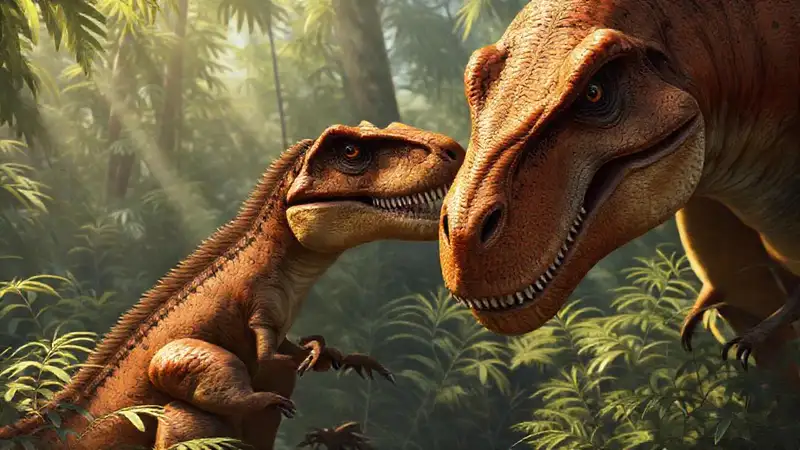
The question of Tyrannosaurus rex parental care is particularly intriguing due to the species' formidable size and predatory lifestyle. While direct evidence is scarce, recent research focusing on the femur (thigh bone) of juvenile T. rex has yielded compelling results. The robustness of these femurs suggests a greater bone density than adults, implying rapid growth and perhaps increased protection against injuries during a vulnerable period. Furthermore, the discovery of a juvenile T. rex skeleton in a geologically stable location, shielded from predators by a large boulder, might indicate maternal or group-level protection. While it's unlikely a T. rex mother would actively carry her young, the evidence leans towards a protective strategy within a social unit.
Thermoregulation and Maternal Investment
Recent studies using thermal modeling suggest that some dinosaurs, including potentially tyrannosaurs, may have employed thermoregulatory strategies to keep their young warm. By maintaining a specific temperature around the nest, mothers could have boosted the survival rates of their hatchlings – a particularly crucial factor given the challenging climate of the late Cretaceous period. This requires a significant investment of energy, but would have dramatically increased the likelihood of offspring reaching adulthood. Research continues into the physiological capabilities of dinosaurs to better understand the extent of these strategies, utilizing fossilized skin impressions and examining feather evidence where available.
Conclusion
The growing body of evidence—from fossilized nests and eggs to behavioral interpretations—is dramatically altering our understanding of dinosaur parental care. It’s becoming increasingly clear that many dinosaurs, far from being instinct-driven animals, engaged in surprisingly complex and deliberate behaviors to ensure the survival of their offspring. The simplistic view of dinosaurs as purely predatory beasts is being replaced by a more nuanced picture – one that recognizes their capacity for affection, protection, and a deep-seated drive to pass on their genes.
Ultimately, studying dinosaur parental care provides invaluable insights not only into these extinct creatures but also into the fundamental principles of animal behavior and the evolution of social structures. Continued research promises to unlock even more secrets about the lives of dinosaurs and their remarkable strategies for survival and reproduction, showcasing just how intelligent and engaged these ancient giants truly were.
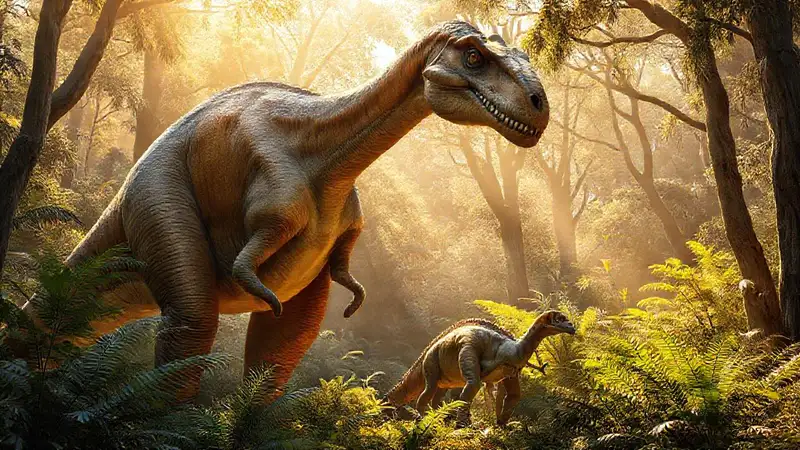 What evidence suggests nurturing behavior in Brachiosaurus moms
What evidence suggests nurturing behavior in Brachiosaurus moms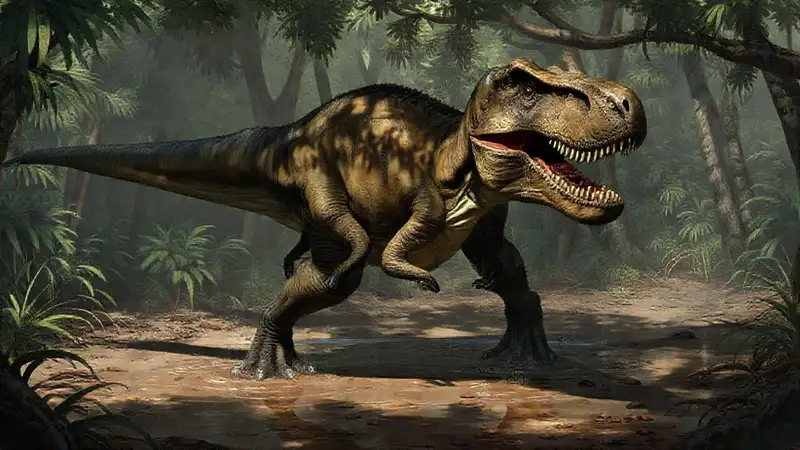 Could dinosaurs exhibit behavioral thermoregulation
Could dinosaurs exhibit behavioral thermoregulation Could dinosaur coloration indicate threat recognition signals
Could dinosaur coloration indicate threat recognition signals Did dinosaurs exhibit social rituals during mating season
Did dinosaurs exhibit social rituals during mating season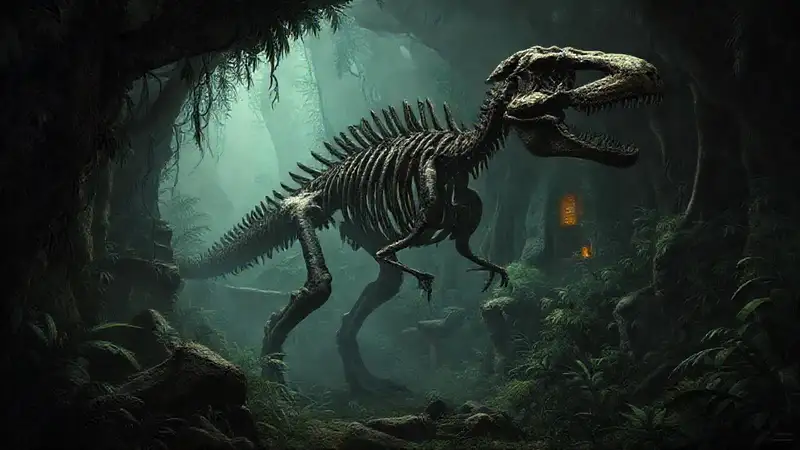 Did dinosaurs exhibit hierarchical social structures
Did dinosaurs exhibit hierarchical social structures How did Oviraptorosaurs manage egg water loss
How did Oviraptorosaurs manage egg water loss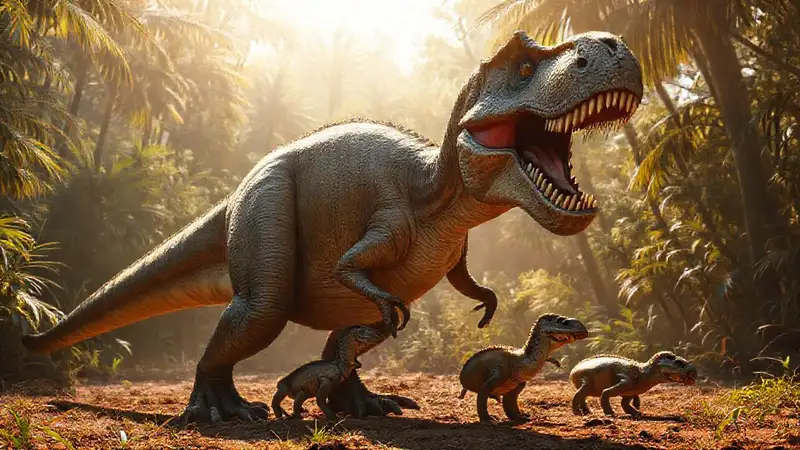
Deja una respuesta